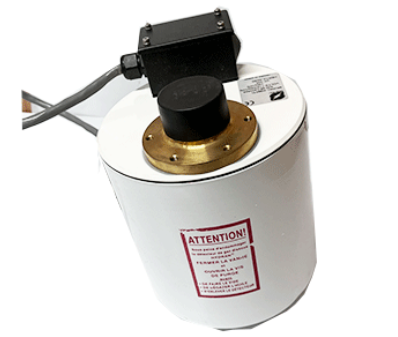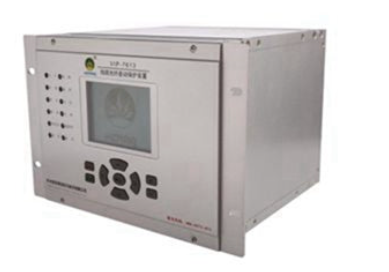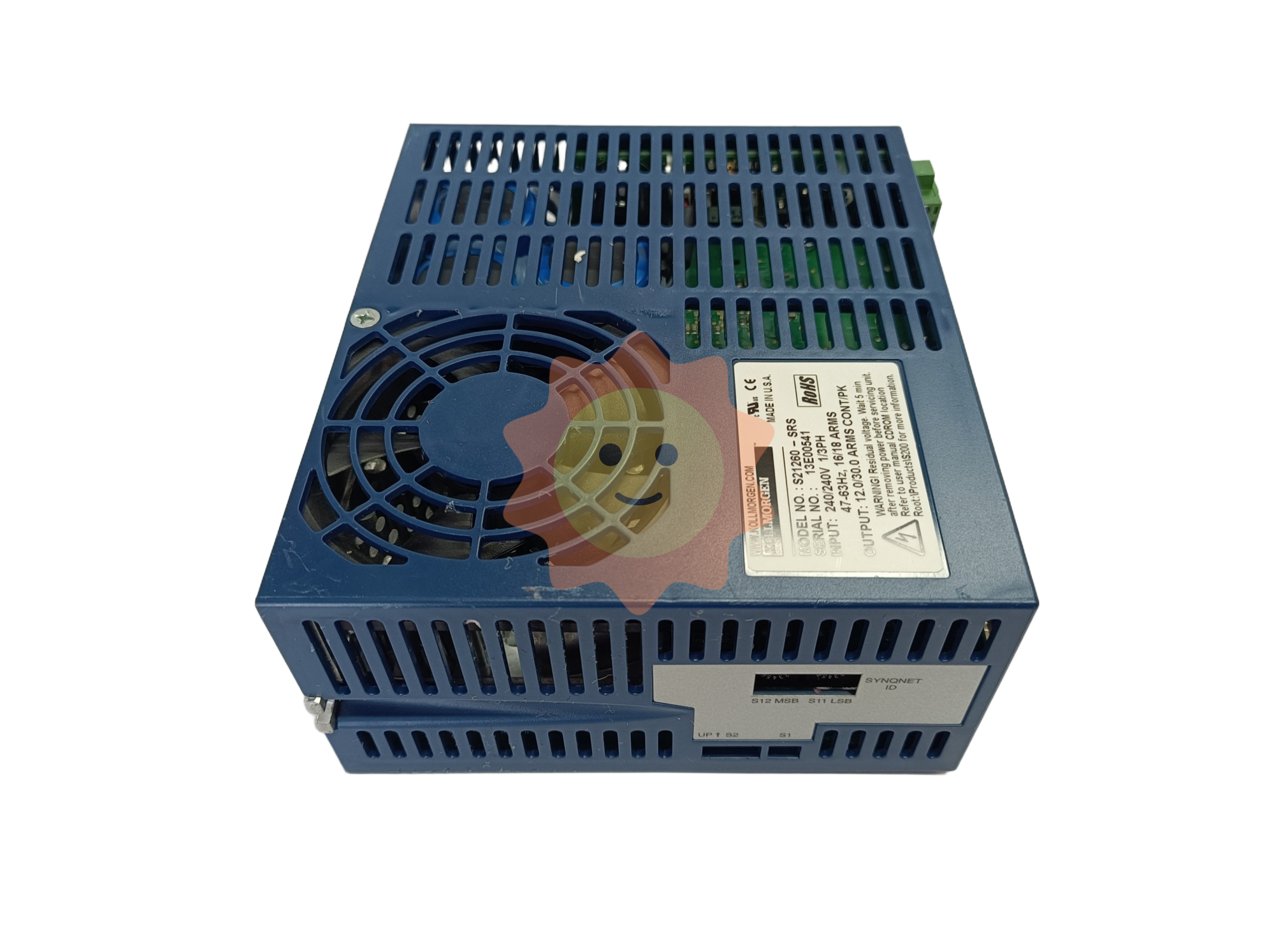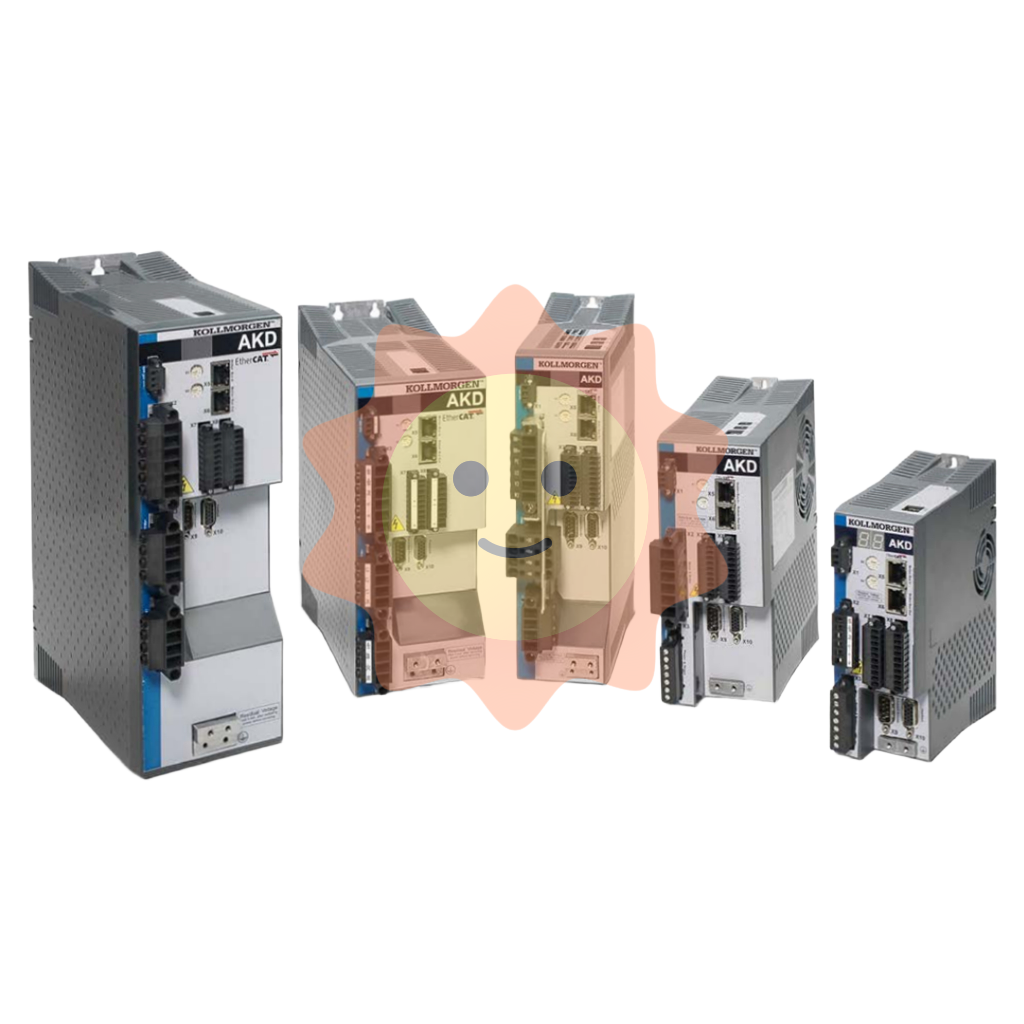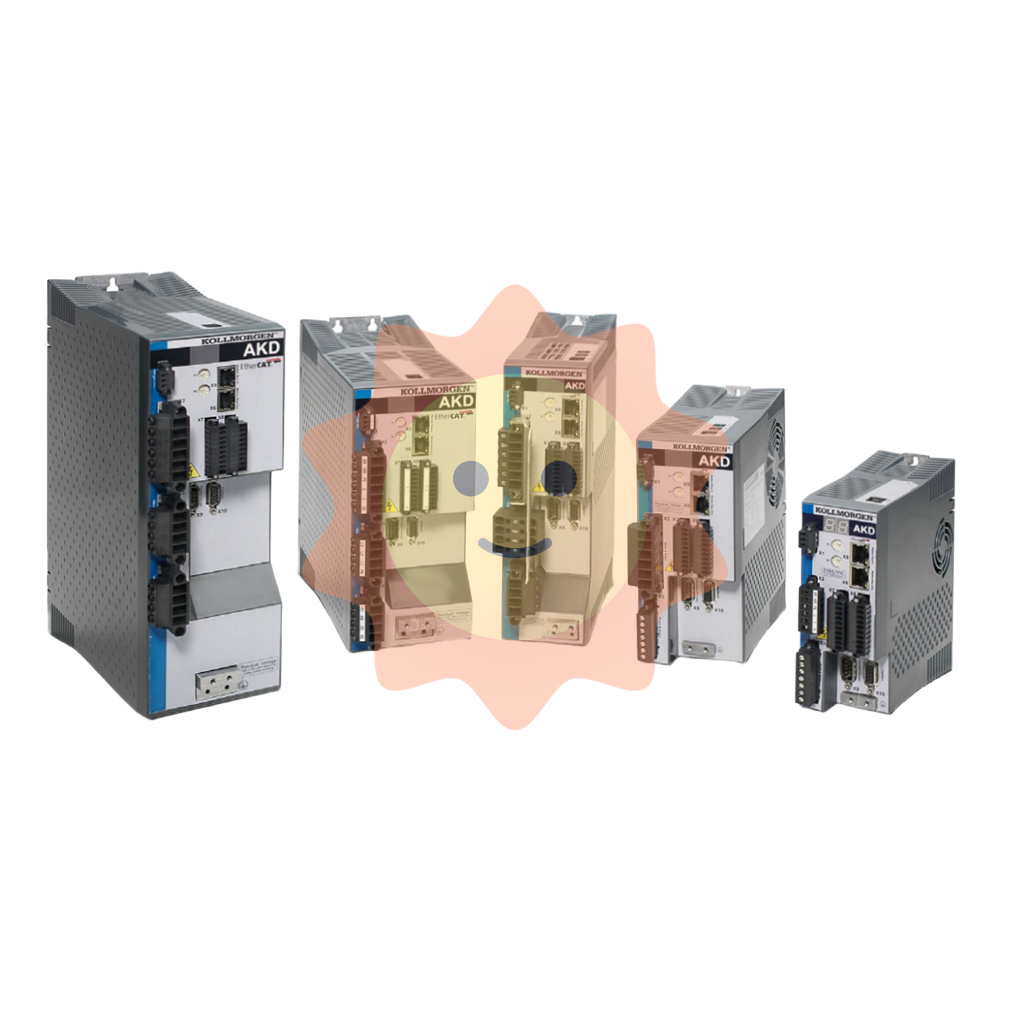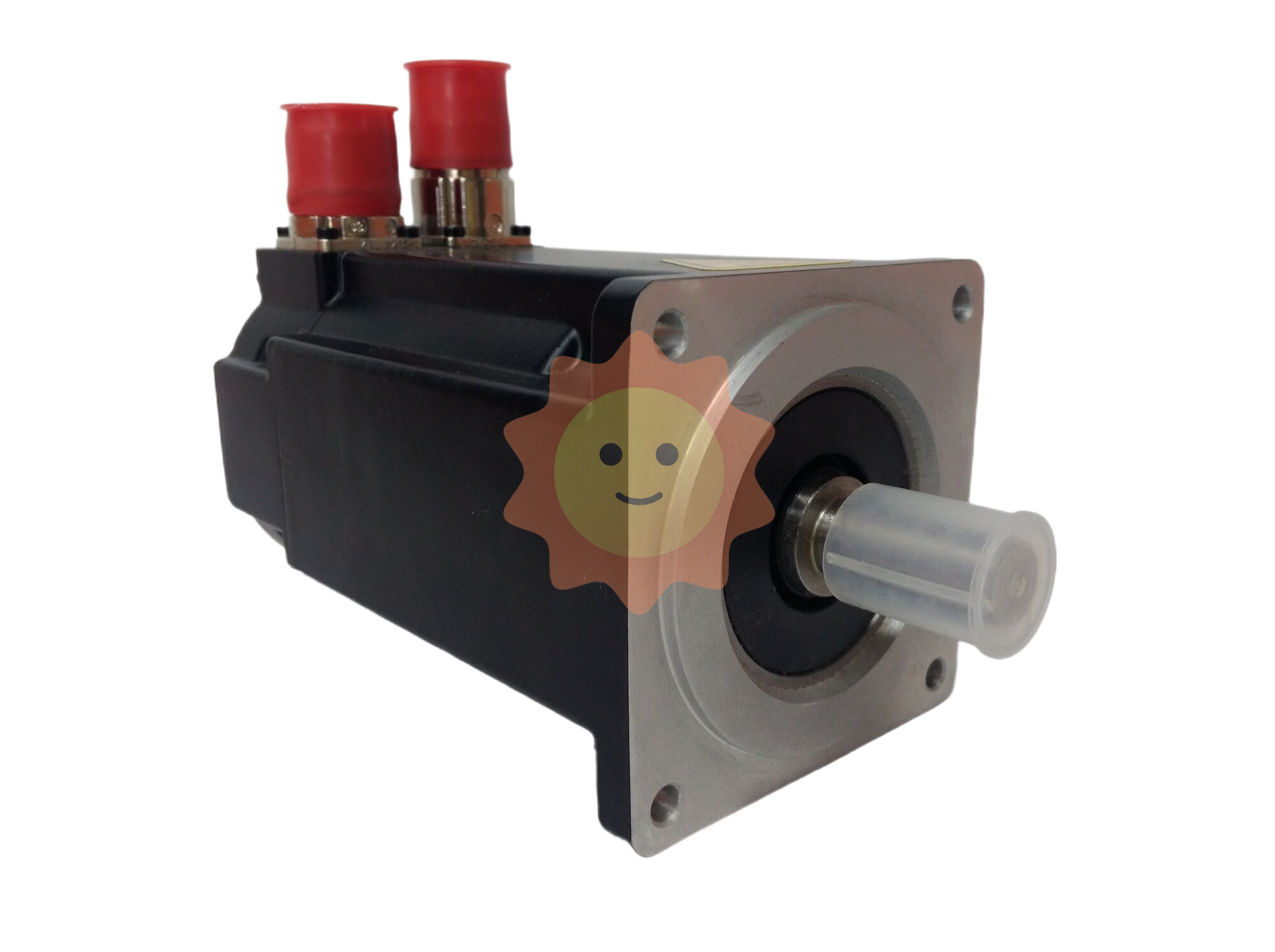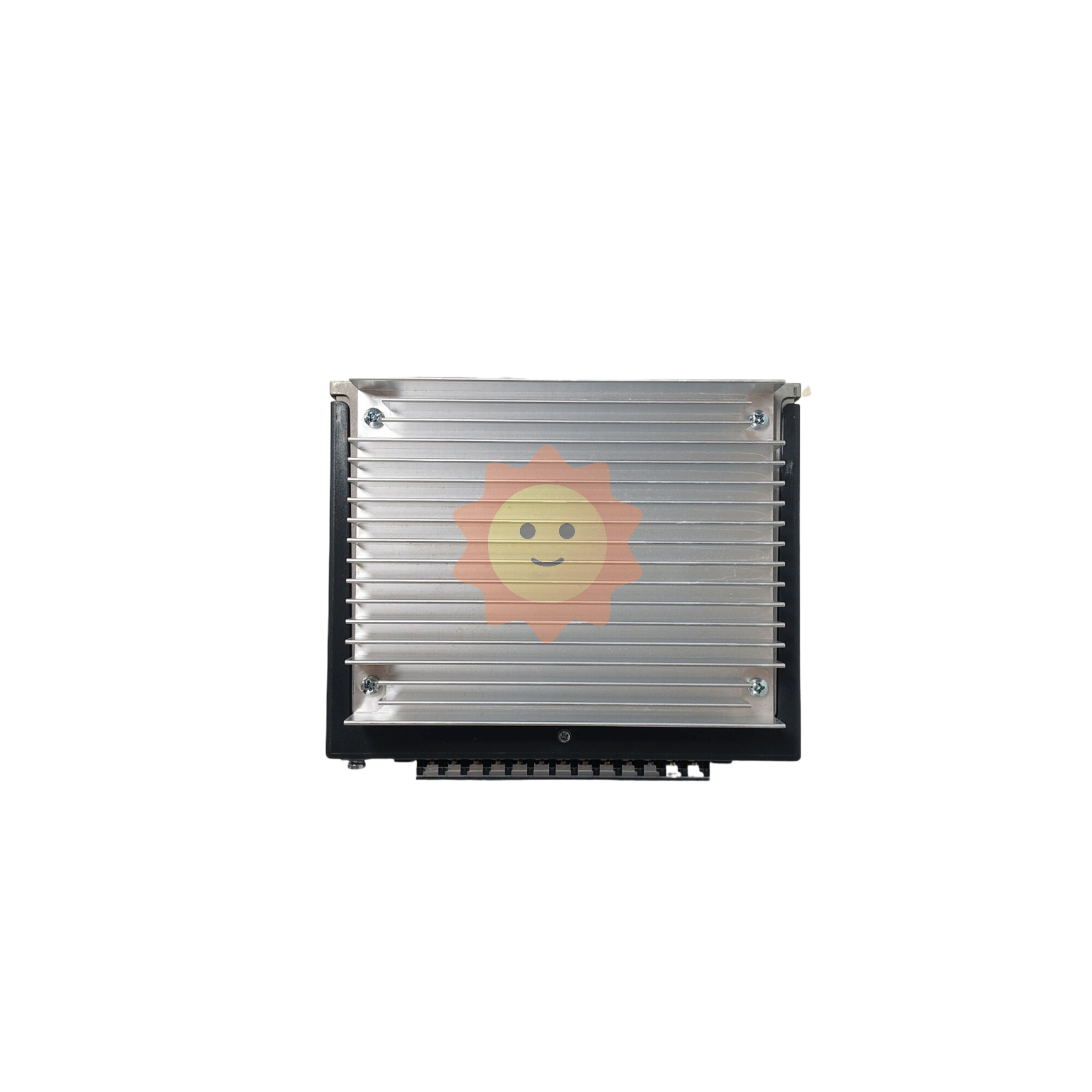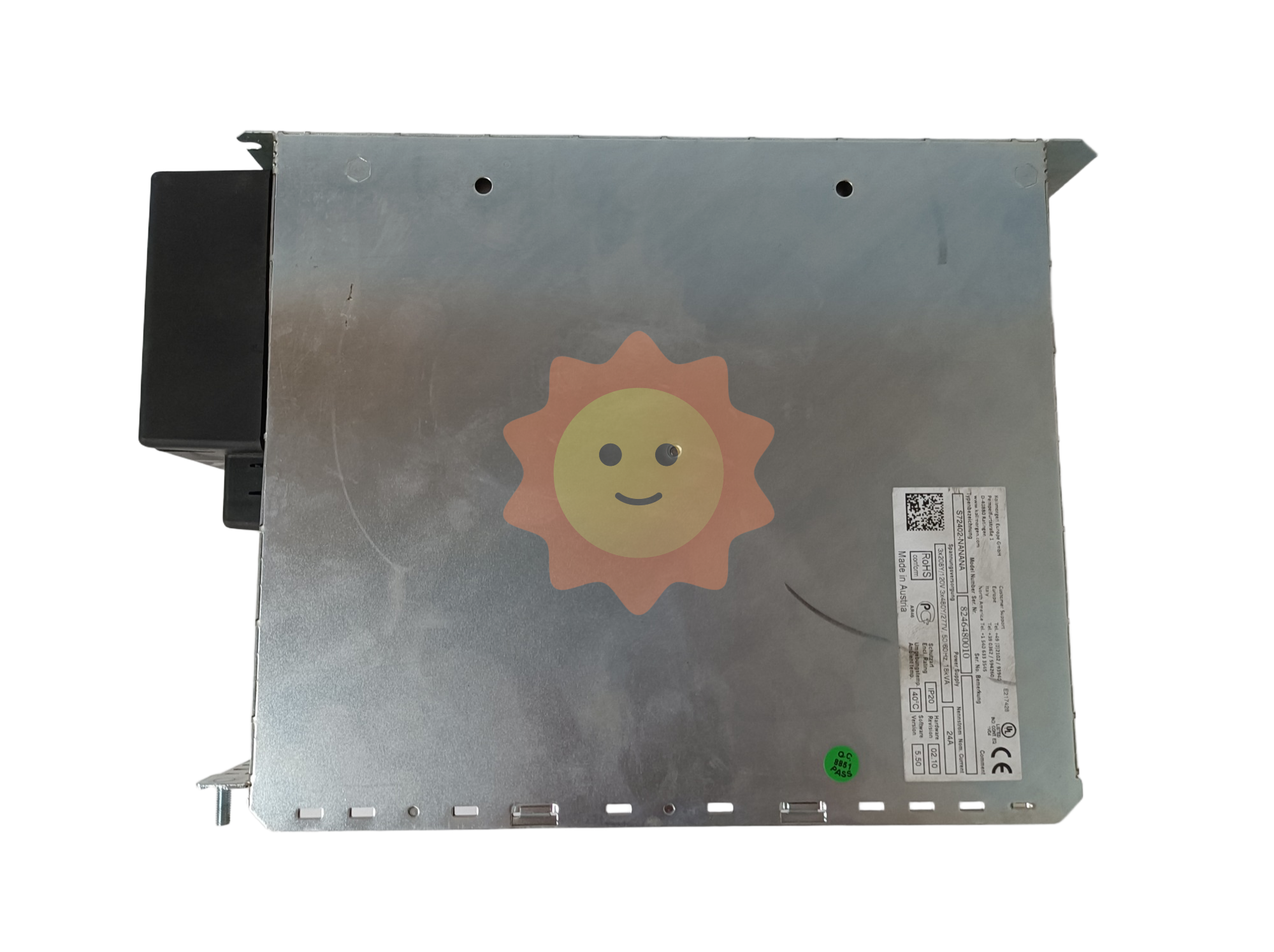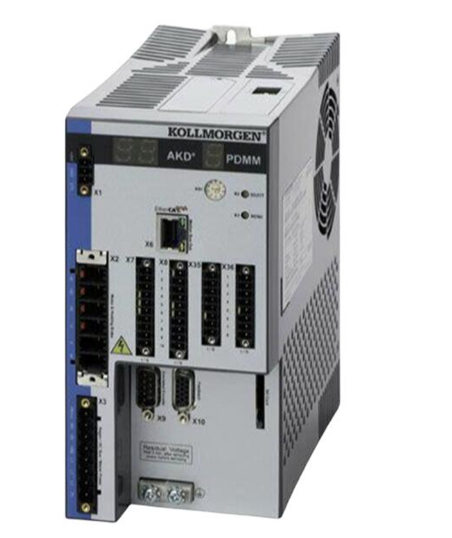Photovoltaic and wind power have become the main sources of renewable energy growth
China leads global growth in renewable energy installations
IRENA data show that in 2022, Asia, North America and Europe, renewable energy installed growth rate is good. Among them, Asia added more than half of the world's new installed capacity, reaching a total of 174.9 million kilowatts, and renewable energy installed capacity increased by as much as 12% year-on-year. China's installed capacity of renewable energy increased by 141 million kilowatts, becoming the main driving force leading the growth of regional and global renewable energy installed capacity.
In the same period, the Middle East was the fastest growing region in the world, adding 3.2 GW of renewable power capacity last year, an increase of 12.8%. In addition, in 2022, Africa's renewable energy installed capacity increased by 2.7 million kilowatts, a slight increase from the previous year; South America's renewable energy installed capacity increased by 18.2 GW, also maintaining upward momentum. In Europe and North America, renewable energy installations increased by 57.3 GW and 29.1 GW, respectively.
The agency analysis pointed out that last year, renewable energy generation and installed capacity growth, on the one hand, thanks to countries around the world to increase the application of renewable energy, on the other hand, due to the emergence of non-renewable energy large-scale decommissioning situation, pushing up the demand for renewable energy.

Francisco La Carmena, Director General of IRENA, said: "As energy demand continues to grow in many parts of the world, the energy transition requires a phased shift, not only to decarbonise the supply side, but also a strategic shift. Any additional non-renewable energy sources should contribute to the energy transition, making the energy system more resilient, inclusive and more resilient to climate change."
Photovoltaic and wind power are the absolute protagonists of green electricity growth
Judging from the development of various renewable energy types in the past year, photovoltaic and wind power generation have become the absolute "protagonists" of the current global new power generation capacity.
According to the data, in 2022, the new installed capacity of solar and wind power generation accounted for more than 90% of the installed capacity of renewable energy generation. Among them, globally, the growth rate of solar power installed capacity was the most obvious last year, and the total installed capacity increased by 22% year-on-year, while in solar applications, the new installed capacity of photovoltaic power generation was as high as 191 million kilowatts, the performance was particularly outstanding. In contrast, the growth rate of wind power installations has been relatively flat, with 75 million kilowatts of new wind power installed globally last year, and the total installed capacity has increased by about 9%.
Hydropower is still the world's highest proportion of installed renewable energy, in 2022, hydropower installed capacity increased by 21 million kilowatts, the growth rate remained stable. In addition, last year, the global biomass energy, geothermal energy, off-grid power installed capacity also maintained a rising trend.
Francesco La Carmena pointed out that in the current energy crisis, the global renewable energy still hit a record high, showing the resilience of this market. There are many large success stories in the renewable energy sector, and favorable policy support has kept the share of renewable energy in the global energy mix rising year by year.
The growth rate of installed renewable energy is still insufficient
But it is worth noting that Francesco La Carmena said that in the face of the climate goal of limiting global temperature rise to 1.5 degrees Celsius, the current record growth rate of renewable energy installation is still insufficient.

IRENA statistics show that in 2022, the global investment in energy transformation, energy efficiency and other related technologies reached a record high of 1.3 trillion US dollars, and the investment in the field of renewable energy reached 0.5 trillion US dollars, but to achieve the 1.5 degree Celsius temperature rise target, Investments in areas such as the energy transition need to total more than $5 trillion a year, and new renewable energy installations need to more than triple from current levels each year.
IRENA further pointed out that the cumulative investment in areas such as the energy transition must reach $44 trillion by 2030, of which investment in energy transition technologies needs to account for 80% of the total, with greater focus on efficiency improvements, electrification, grid expansion and flexibility.
In addition, the data also shows that there are still large regional differences in the installed capacity of global renewable energy in the past year, China, the European Union and the United States of new renewable energy installed capacity accounted for two-thirds of the new total, and the installed capacity of other countries is relatively low. In this regard, IRENA recommends that in order to further promote the energy transition, future attempts should be made to channel public funds to countries and regions with high potential but difficulty in attracting investment, focus on supporting the development of energy transition infrastructure, and use policy frameworks to promote investment and address persistent socio-economic disparities. New investment decisions should also be evaluated more carefully to drive the energy transition while reducing the risk of stranded assets.
- EMERSON
- Honeywell
- CTI
- Rolls-Royce
- General Electric
- Woodward
- Yaskawa
- xYCOM
- Motorola
- Siemens
- Rockwell
- ABB
- B&R
- HIMA
- Construction site
- electricity
- Automobile market
- PLC
- DCS
- Motor drivers
- VSD
- Implications
- cement
- CO2
- CEM
- methane
- Artificial intelligence
- Titanic
- Solar energy
- Hydrogen fuel cell
- Hydrogen and fuel cells
- Hydrogen and oxygen fuel cells
- tyre
- Chemical fiber
- dynamo
- corpuscle
- Pulp and paper
- printing
- fossil
- FANUC
- Food and beverage
- Life science
- Sewage treatment
- Personal care
- electricity
- boats
- infrastructure
- Automobile industry
- metallurgy
- Nuclear power generation
- Geothermal power generation
- Water and wastewater
- Infrastructure construction
- Mine hazard
- steel
- papermaking
- Natural gas industry
- Infrastructure construction
- Power and energy
- Rubber and plastic
- Renewable energy
- pharmacy
- mining
- Plastic industry
- Schneider
- Kongsberg
- NI
- Wind energy
- International petroleum
- International new energy network
- gas
- WATLOW
- ProSoft
- SEW
- wind
- ADVANCED
- Reliance
- YOKOGAWA
- TRICONEX
- FOXBORO
- METSO
- MAN
- Advantest
- ADVANCED
- ALSTOM
- Control Wave
- AB
- AMAT
- STUDER
- KONGSBERG
- MOTOROLA
- DANAHER MOTION
- Bently
- Galil
- EATON
- MOLEX
- Triconex
- DEIF
- B&W
- ZYGO
- Aerotech
- DANFOSS
- KOLLMORGEN
- Beijer
- Endress+Hauser
- MOOG
- KB


Email:wang@kongjiangauto.com



